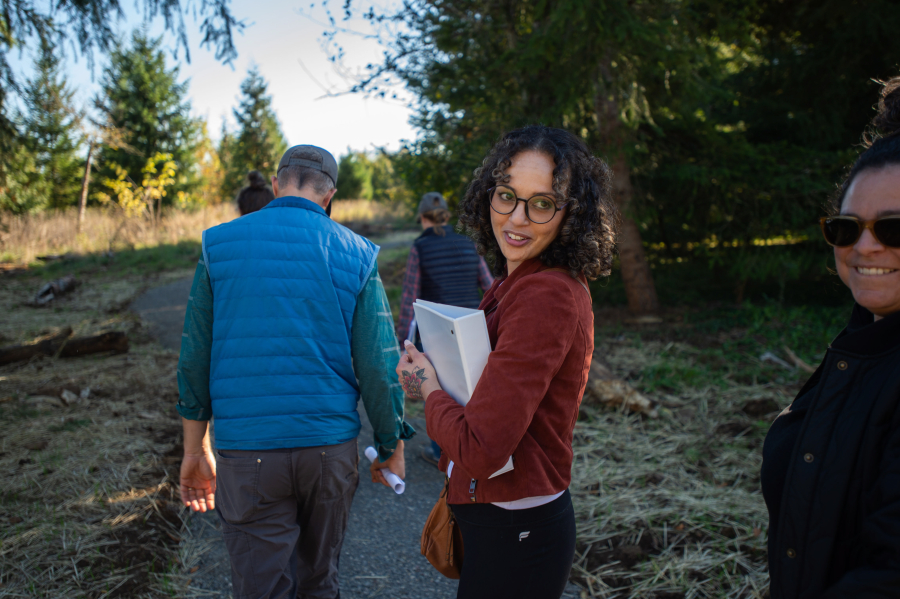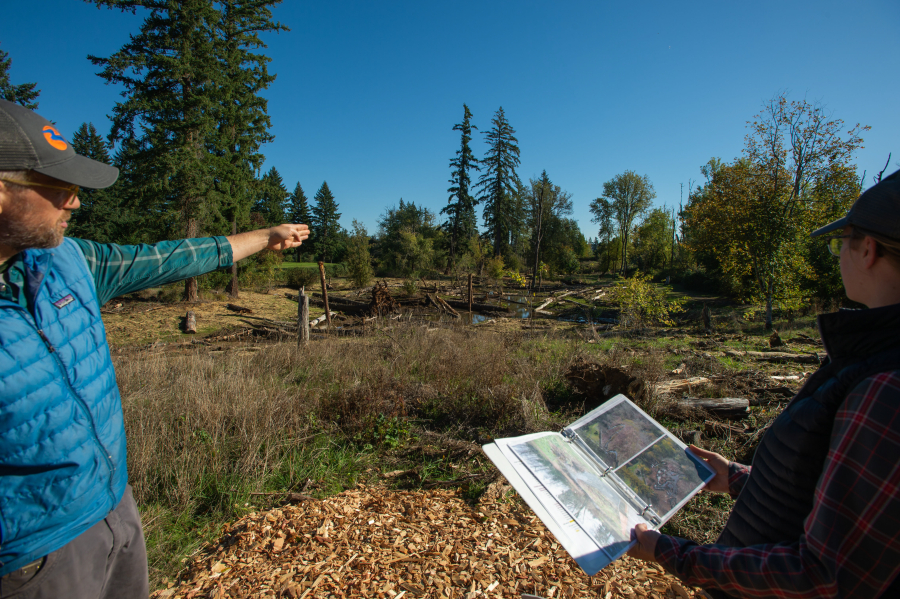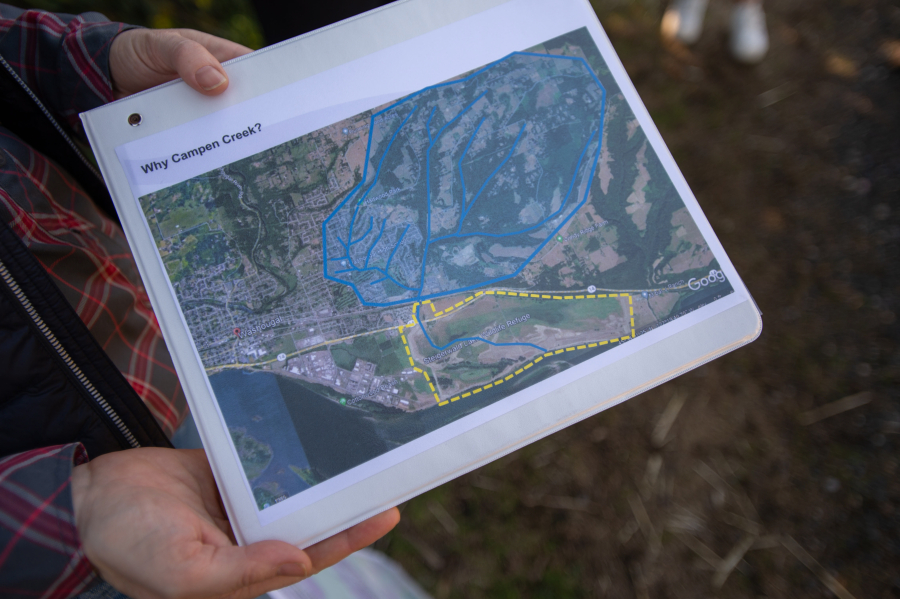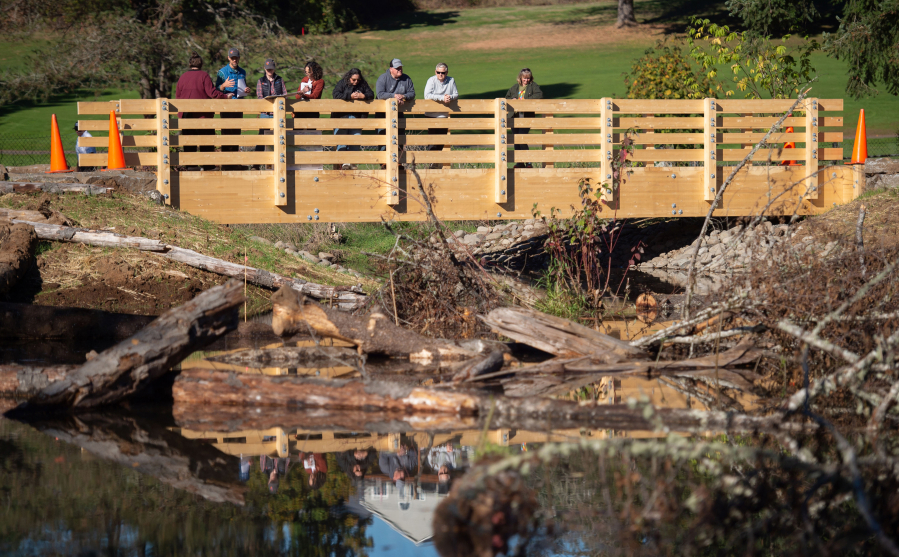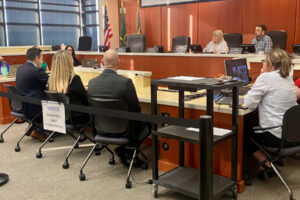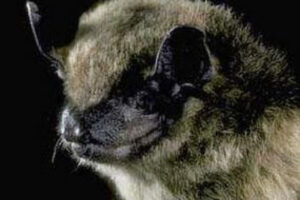WASHOUGAL — Coho salmon and lamprey can once again take refuge and grow to maturity along Washougal’s Campen Creek at Mable Kerr Park thanks to a recently completed $1 million reconnection project by Lower Columbia Estuary Partnership and the city of Washougal.
Mable Kerr Park reopened on Oct. 8. The park had been closed to visitors since Aug. 12 to allow access to heavy equipment and construction crews.
Chris Collins, restoration program lead for the estuary partnership, said the Campen Creek project came about after the Steigerwald National Wildlife Refuge project was completed.
“We started looking upstream into the watershed, thinking about things that we can do to help protect the investment that we had made at the Steigerwald refuge,” Collins said.
The partnership began planning additional upstream habitat restoration and floodplain reconnection projects in hopes of building on planned stormwater work by the city and school district.


